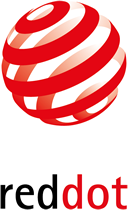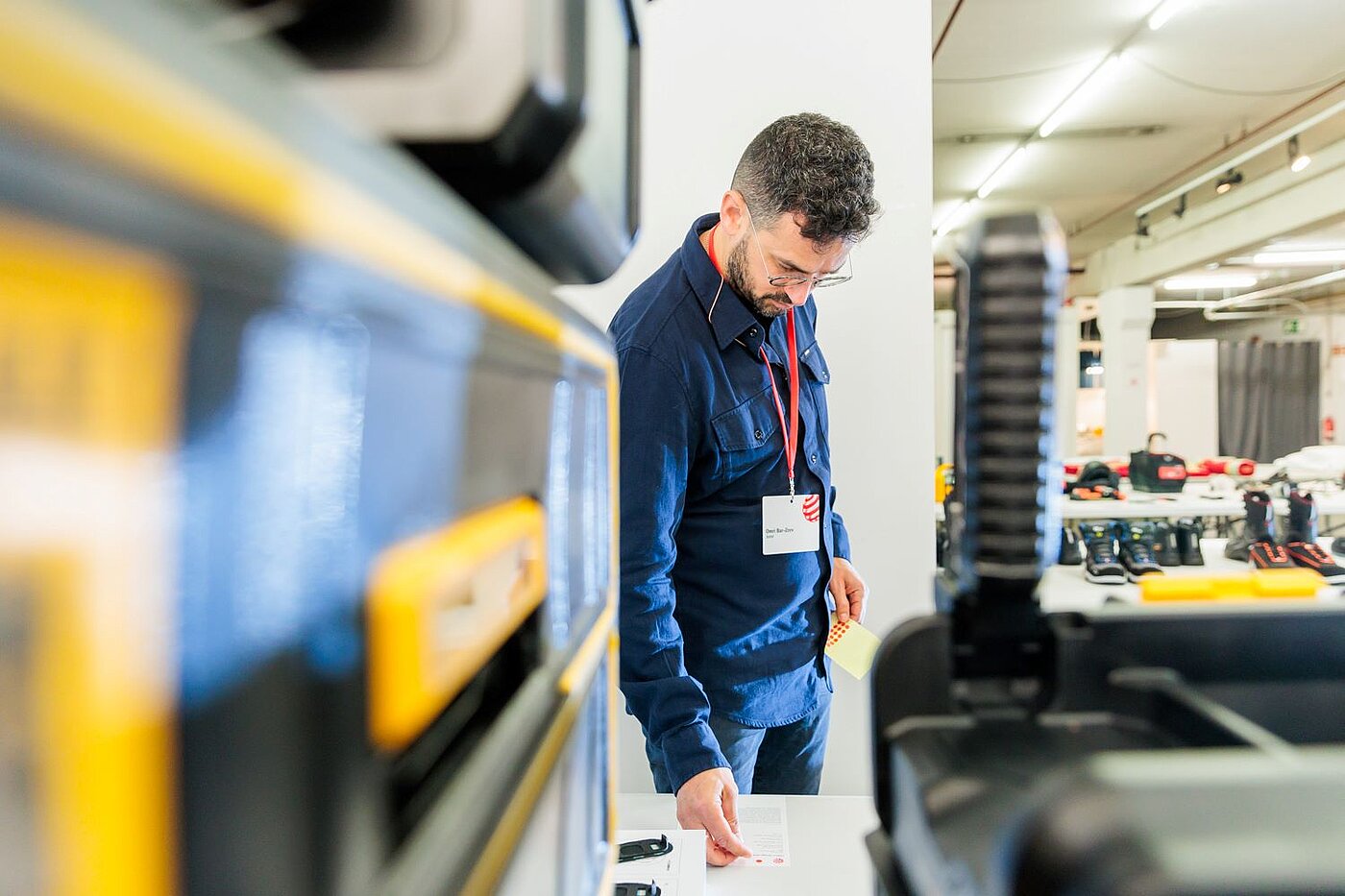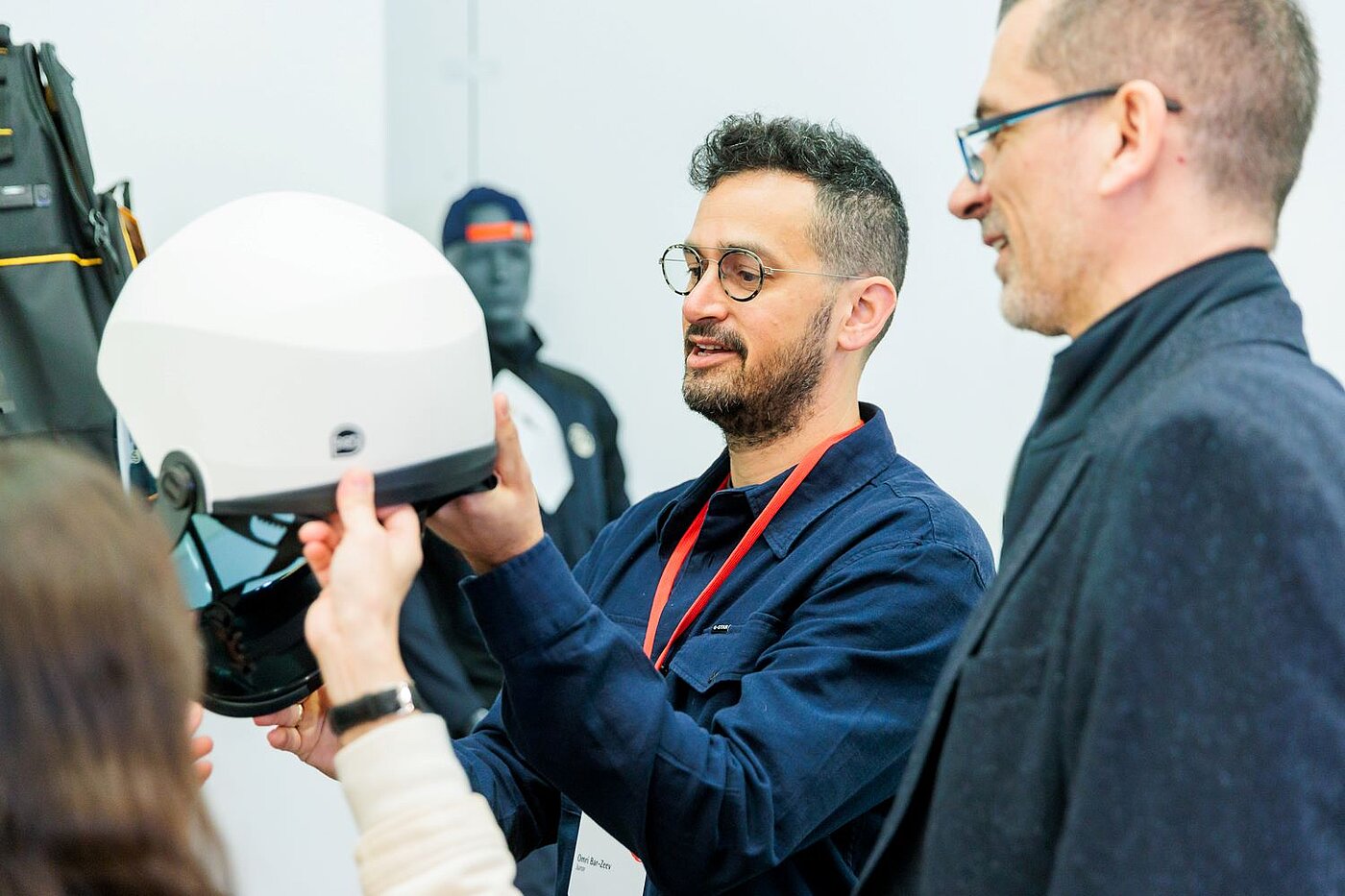Omri Bar-Zeev
Omri Bar-Zeev, born in 1981, is an industrial designer. He studied at the Shankar College of Engineering and Design and completed a postgraduate degree in design management at the Bezalel Academy.
In 2011, he and two partners founded the renowned Israeli design studio Prime, which specialises in consumer electronics. For more than a decade, he led the creative direction of the agency, which received numerous local and international awards for its innovative designs.
In 2021, Prime was acquired by Manyone, a global strategy and design consultancy. Omri Bar-Zeev seamlessly became a partner at Manyone, utilising his extensive experience to lead a diverse team of designers and product specialists. Together they are shaping the future of design across a wide range of industries.

Red Dot: You’ve worked for so many different clients during your career. Is there something you’d really like the opportunity to design? Apple’s next big thing, maybe?
Omri Bar-Zeev: Well, I think the dream of designing something for Apple is a bit of a cliché. I’m pretty sure every designer out there would love to work with Apple. Actually, I’m more interested in collaborating with smaller companies because I enjoy watching them grow. Helping them reach the level of Apple or Samsung is a nice goal.
What sector of industry are you thinking about?
The Chinese automotive market is very dynamic right now – and there are some great electric car manufacturers there. But they still have some catching up to do in terms of user-friendliness and quality of design.
Is there any specific product that you’ve always wanted to design?
I’m very interested in technology and electronics and also really like the idea of wearables and IoT products that can be connected to other things. Household appliances that transform into interior design elements are another exciting development: for example, an air purifier that turns into a digital statue. Samsung has done a great job in that respect with “The Frame”. Turning a black canvas into a curated artwork for the living room – the most important area of the home – is a fantastic idea. That’s exactly what my team aims to achieve with every design. A product should be functional, yet also blend in and enrich its environment.
What will the next big challenge for product designers be?
I think user-friendliness is probably a key challenge because of the huge competition in every market segment. Successful products will combine excellent function with a great user experience. Products that work but are no fun to work with are unlikely to capture consumer hearts in the future. When I design a product, I’m always looking for ways to enhance the user experience and make the solutions we develop more convenient to use.
What do you think about the increasing use of AI in the design process?
I’ve read articles suggesting that AI will replace humans at some point in the future. But I don’t believe that will happen. It’s more likely that AI will speed up processes and help us professional designers work more effectively. Ultimately, AI offers a new – and quite astounding – tool set. We can lament and feel superfluous, or we can choose to put these tools to the best possible use for ourselves. AI can enrich and expand my ideas, ultimately helping me to be more efficient and creative. And if I can be more efficient and creative, I can deliver faster times to market for my clients.
Do you think design language will become more international as a result of AI?
That's an interesting question. I think probably not, because cultural factors still play a role in product design. The creatives who use AI come from different regions of the world, and they will always have that connection to their own culture. You have to remember that AI only works if a user inputs words and commands. You can’t tell it you want a table, and hey presto, you get exactly the table you imagined. To use AI in a professional way and achieve good results, you need to enter a range of values and variables. So I doubt there will be a shift towards monotony in design. We’ll be seeing various AI styles by different people and designers. Photoshop didn’t change the world: it only changed the way people work and helped to speed up the image creation process.
This was your first time as a Red Dot: Product Design judge. Were you surprised by how quickly everyone agreed on the quality of a product?
No, because we’re all professionals with the expertise to appraise quality, details, materials and utility. There’s also a set of rules on what constitutes design quality. And it’s obvious at first glance if a product lacks quality. Sometimes, there are borderline cases that are difficult to judge. For example, when a designer has obviously put a lot of effort into the details or other aspects, such as materials and finishes, but the product still doesn’t quite cut it.
Are there any developments with the potential to be real game changers?
AR is a technology that I think will change the world, because instead of keeping you inside your own little world, it augments the real world with new experiences and information. I’m a great believer in the “real” world and interaction, and with the help of AR we’ll be able to visualise so many new things. AR devices will also become smaller in size. Right now the goggles still look a bit strange.
Will this also change the product design profession?
There have always been different areas of specialisation in the design profession – there are designers who design chairs, for example, and designers who focus more on the digital experience. At our studio, we have designers who work with physical objects and designers who work with UX/UI. Sometimes, the boundary between the two is very fluid. But, obviously, the physical and digital user experiences are two very different things.
That brings us back to the subject of the biggest product design challenge – user-friendliness ...
Yes, although I can think of another one: communication is also a major challenge. We designers will have to explain our work better in future and convey that design is about more than just creating aesthetic objects. There are so many other aspects to consider, such as production, materials, sustainability or the product “feel”. Clients are often under the assumption that AI makes everything simple, so they don’t understand why the design process costs them so much. We have to explain to them that AI is just a tool. Just because you buy a screwdriver doesn't make you a car mechanic.
Is there a classic design that you admire?
There are many. I appreciate the classic Braun designs for their fascinating simplicity. And I love the old Porsche models; they are so full of character.
Do you have a Porsche?
Unfortunately, not yet. I see it as a kind of artwork – like a Van Gogh painting – that I admire but will never own.


